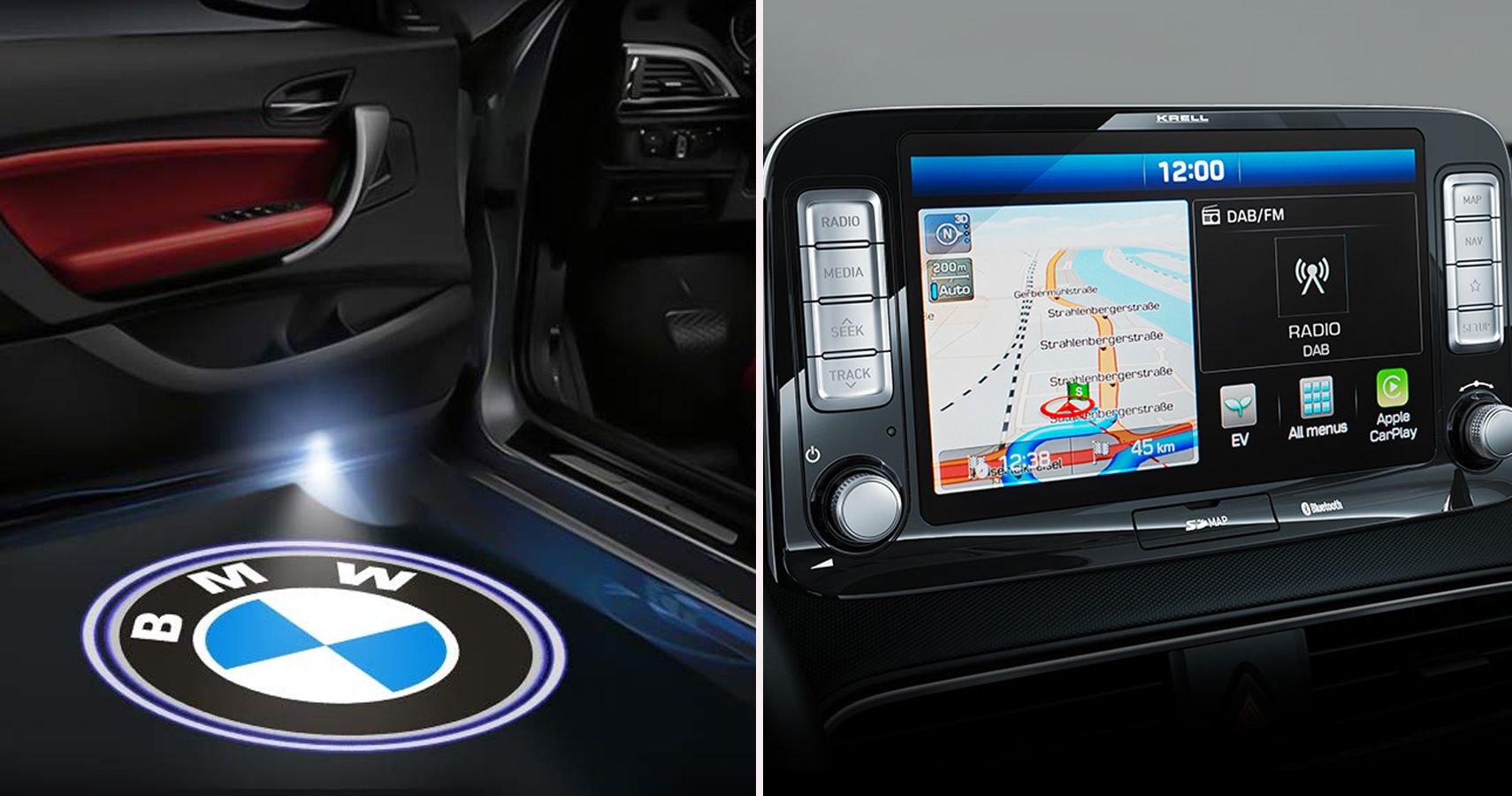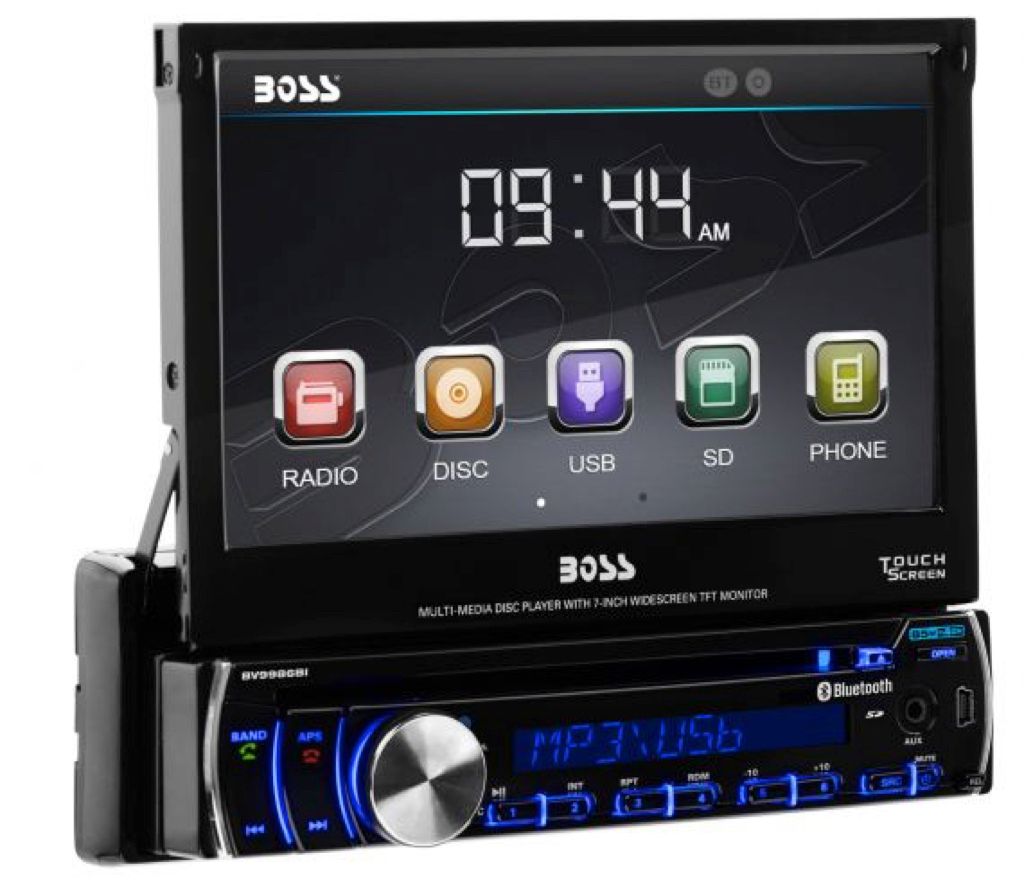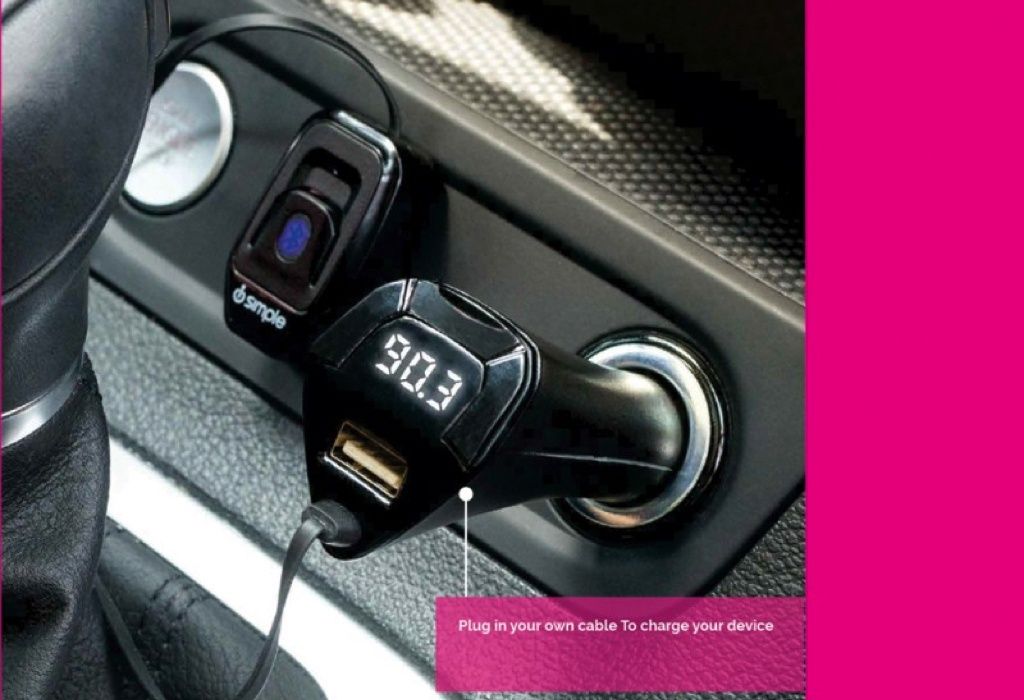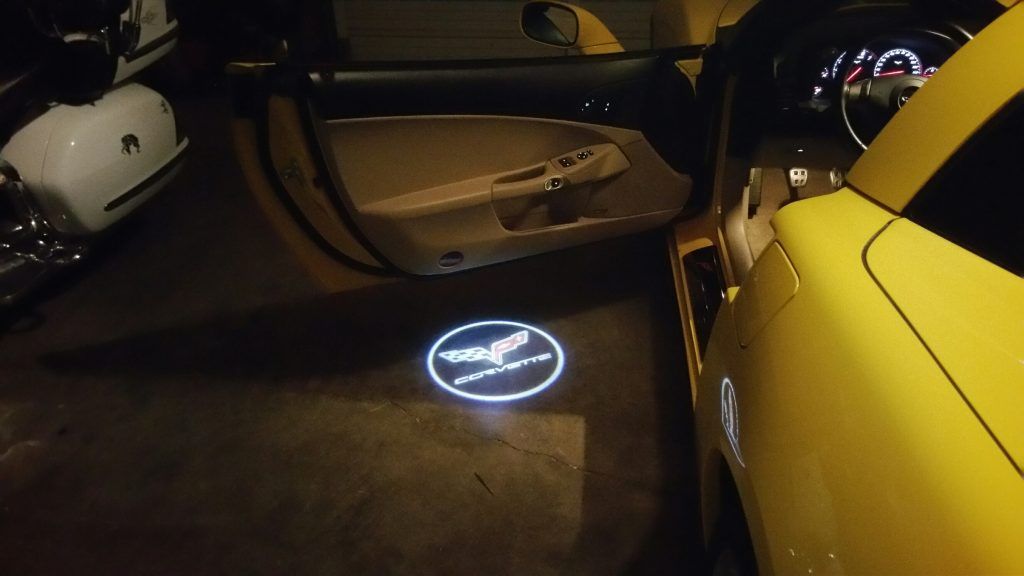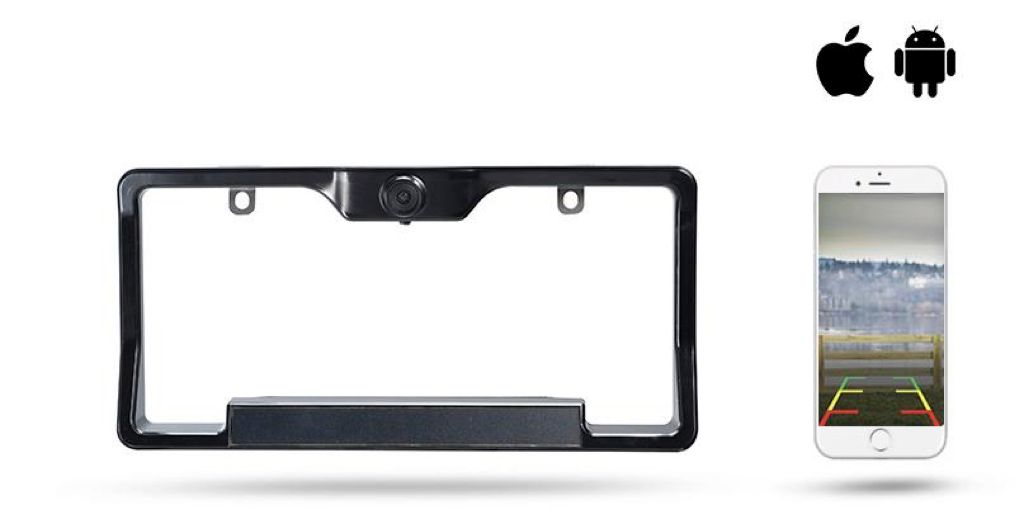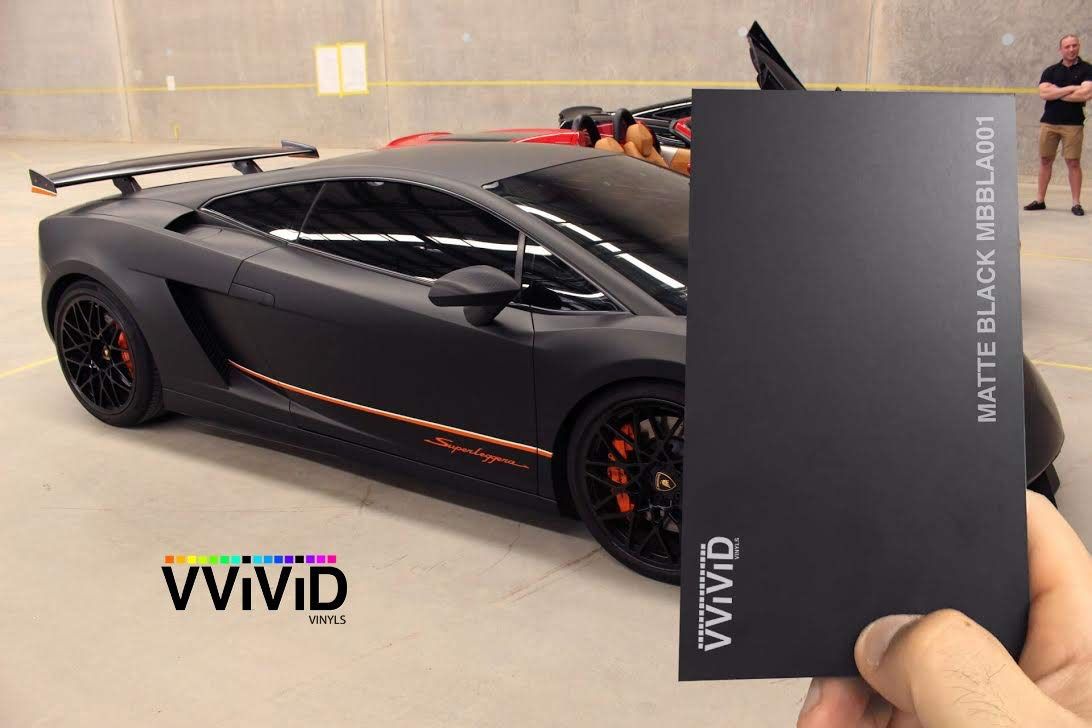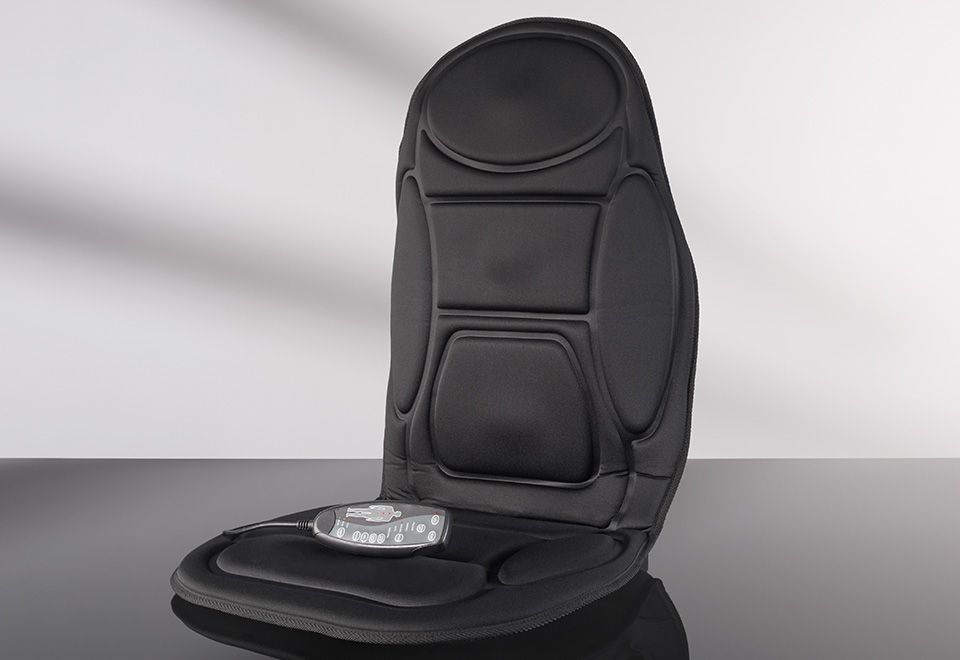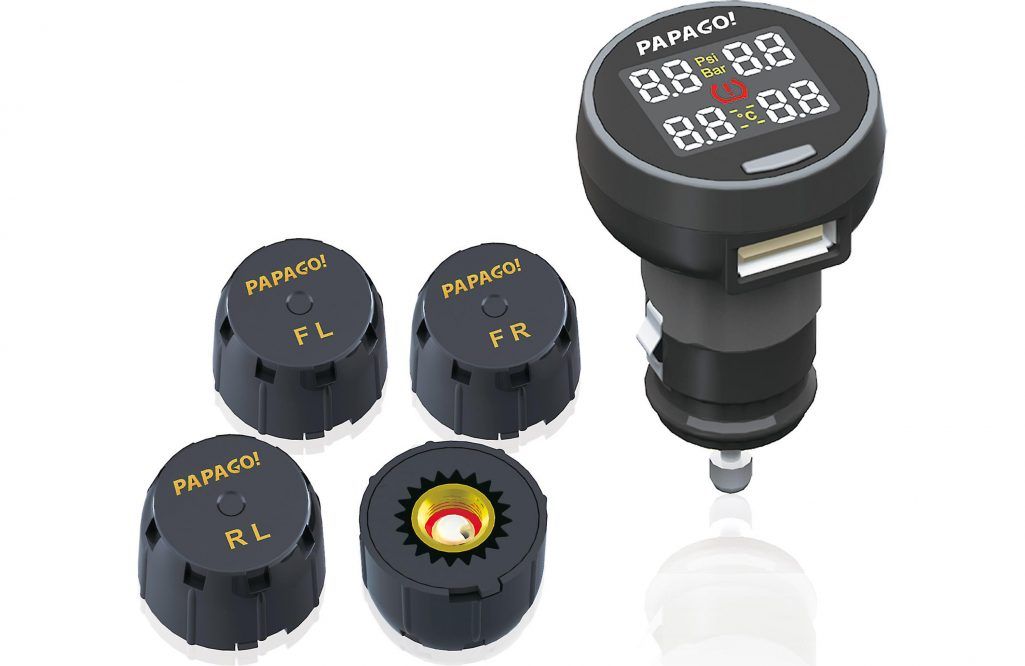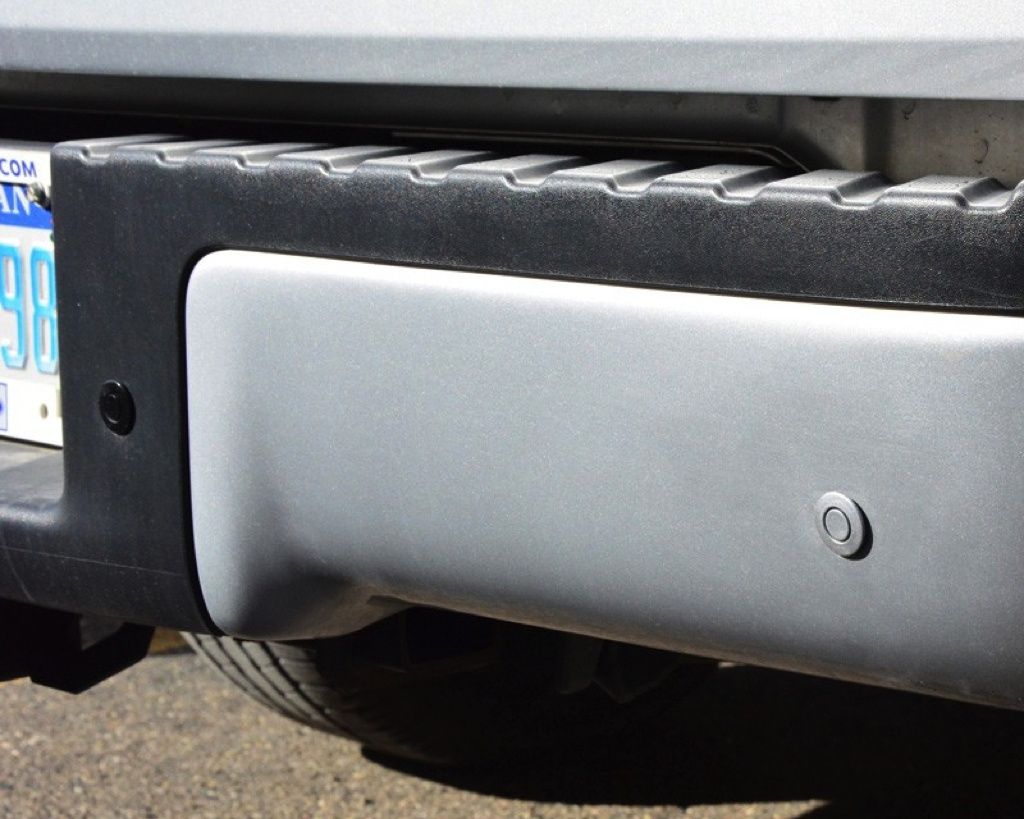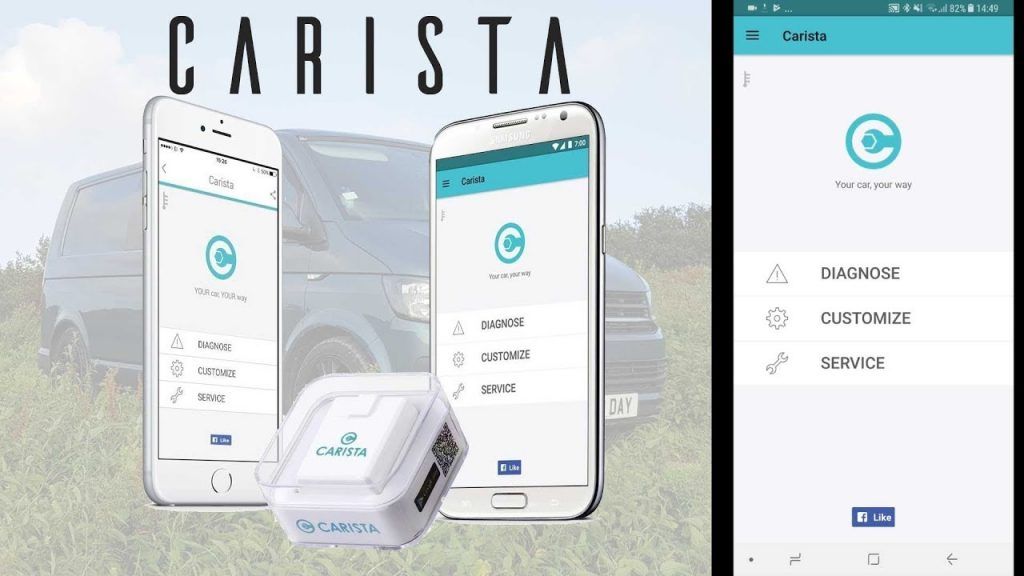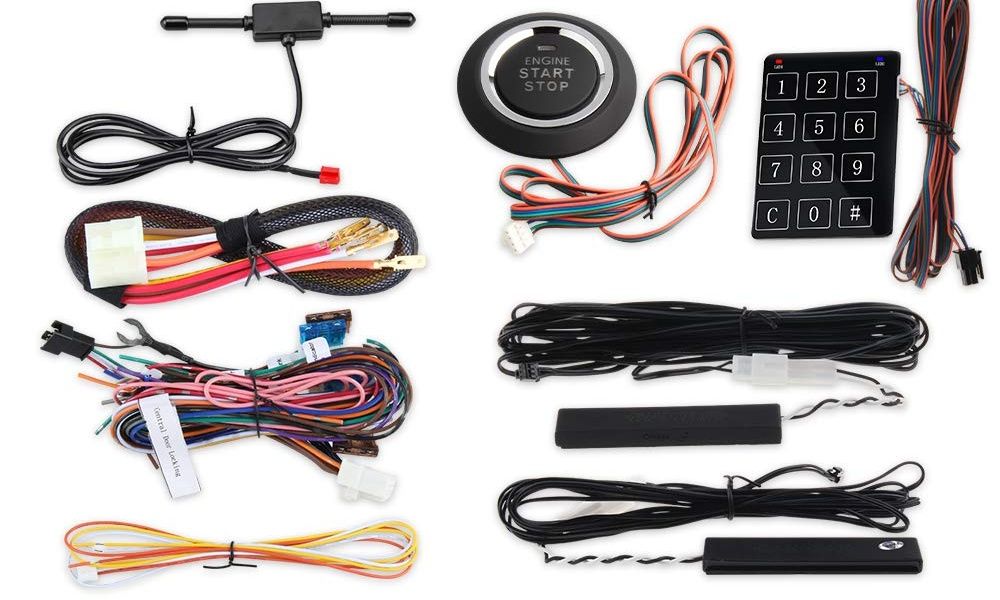The average age of cars and light trucks on U.S. roads is hovering around 12 years. That’s probably because the average transaction price of a new vehicle is over US$37,000. Fortunately, cars today are built to last much longer than just a few years ago. But that means most cars on the road don’t have the benefit of a lot of the driver information, safety, and convenience equipment on newer vehicles.
A number of companies have figured this out, and offer accessories that can be added to older cars. Think of them as “downloadable upgrades” to your older vehicle, to give you the functionality of a new car without the payments.
10 Big-screen radio/nav system
This is probably the most obvious upgrade, and it’s particularly easy for older cars with less integrated in-car entertainment systems. Lots of well-known car audio companies offer head-end units with Bluetooth connectivity, as well as the ability to pair with Apple CarPlay, Android Auto, and similar in-car apps.
Many also offer fold-out or fixed large-format displays, to give dashes the “floating screen” look that’s currently in vogue among auto interior designers.
9 Bluetooth phone hookup
It seems like a given now, but being able to connect a cellphone wirelessly to a car’s audio system really only became a “thing” in the last ten years. Which is probably why you see so many drivers holding their cellphones as if they’re slices of pizza (also, don’t do that).
For cars with elaborate integrated audio systems that don’t have Bluetooth connectivity, a simple stand-alone will allow safe cellphone operation, as well as comply with local regulations about the use of electronic devices while behind the wheel. More elaborate systems can plug directly into an older car's OEM radio, to make the set-up look more factory-correct.
8 Welcome lights
This trend started with “puddle lamps” mounted under side-view mirrors, to help provide light as a driver or passenger enters and exits a car. Then, as car companies adopted more sophisticated LED lighting technology, those lamps turned into elaborate projections for logos and even virtual “welcome mats.”
That kind of “surprise and delight” feature can now be added to any older vehicle. Wireless units project a car logo or other design onto the pavement when a door is opened, providing a 21st Century signature element to older vehicles.
7 Camera
Rear-view cameras are required safety equipment nowadays, but there are still plenty of vehicles that do not have this potential crash and life-saving technology. A number of companies offer a camera that will mount above a car's license plate, with either a wired connection to an in-dash receiver or a wireless connection to usually a radio or smartphone. These same kits can be used on the front of a car and also project distance guidelines to aid in parking.
In addition to adding a rear or front-facing camera, some companies sell cameras designed to mount under side-view mirrors that can be combined with other cameras to create a 360-degree around-view perspective.
6 Full-Body Wrap
For the last several years, higher-end manufacturers have shown off cars in matte-finish paint. Far from looking as though they’re still in primer, a matte paint finish can make a new car look distinctive while highlighting decorative contours and other design features.
A low-risk way for the owner of an older car to achieve this look is with a vinyl full-body wrap. It’s about the same price as a new paint job and it also requires the underlying finish to be solid, but it’s less permanent and can help protect the body.
5 Seat heater/massager
Once the province of higher-end luxury and sports cars, a number of popular-priced cars now offer heated front (and even rear) seats. For now, massaging inserts designed to reduce fatigue while driving are still mostly available on prestige makes as factory options, but the aftermarket has stepped up to offer buyers add-on cushions which offer heat and massage to the user.
They may not have the OEM look of integrated heated and massaging seats, but who cares? No one can see the covers when you’re sitting on them, right?
4 Tire pressure monitors
It’s been more than a decade since U.S. and European regulators required carmakers to fit new vehicles with technology to monitor tire pressures and warn the driver when a tire is low. It’s a potentially life-saving feature that’s missing from older cars on the road.
Companies are now offering the technology in the aftermarket, using special valve stem caps that communicate wirelessly with either a dash-mounted receiver or a 12V plug for the car’s dash-mounted power point (what used to be called the “cigarette lighter” back in the day).
3 Parking sensors
Dents and dings when parking is a part of life, especially in crowded urban areas. A lot of newer cars offer parking sensors that sound an alert when they’re too close to an obstacle in the front or the back.
Now, aftermarket companies offer devices which provide the same function. Adding them can be as elaborate as installing multiple sensors behind or inside the car’s bumpers, or as simple as attaching a license plate frame with sensors embedded to provide a proximity alert.
2 Diagnostic connector
One of the advantages of the growth in computer control of cars is the ability of a modern car to “tell” a mechanic what’s wrong, by displaying error codes on a service professional’s diagnostic tool. These tools plug into a standard port located under the dashboard.
Now, owners of many older cars can take advantage of that technology by using a small plug-in connected by Bluetooth to a smartphone app. Reading the codes on the app lets an owner troubleshoot that pesky “check engine” light before paying a mechanic to do it.
1 Keyless start
If the mere thought of twisting a physical key to start your older car makes your hand cramp up, the automotive aftermarket has the solution: Add-on kits that replace a car’s ignition lock with a modern push-button starter and include proximity fobs that allow for remote starting and locking/unlocking.
Unlike some of the other items on this list, adding keyless start to an older car is most likely not a DIY job, but it’s a good way to bring cutting-edge convenience and technology to an older ride.

